History on Display at the Upperville Colt & Horse Show

Written by Bill Kent
Photos by Michael Butcher
Ask anyone within 50 miles of the Upperville Colt & Horse Show what it’s like and you’ll hear of great things. After all, the show has been going on for 169 years.
However, this year, America’s oldest show has a new designation. After more than two years of research and advocacy, Upperville is now the only showground on the National Register of Historic Places.
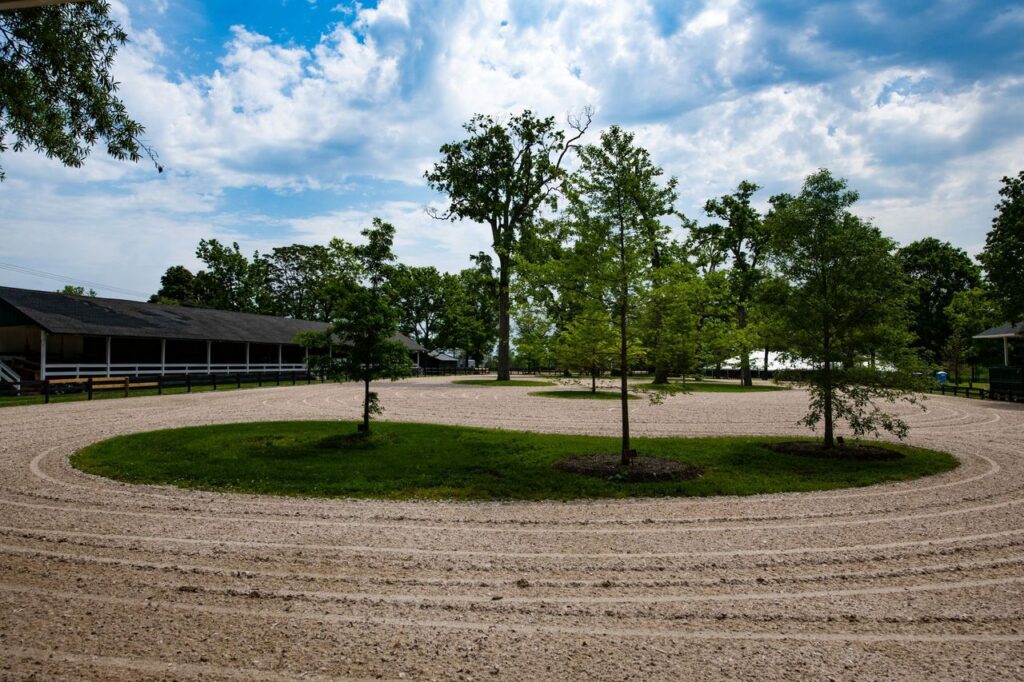
It can be argued that one can’t go anywhere in and around Middleburg without finding a significant connection to history. The inclusion of the Grafton Farm showgrounds on the register honors the importance of horses and the equestrian arts in the larger story of our country, as well the 1,800 horses and even more people from all over the world who will come to the region to compete this month.
Maral Kalbian, the historic preservation consultant whose application to the National Park Service won the show its registry status, credits Huntland equestrian, philanthropist, Canon, and 17th Baroness of Lochiel, Scotland, Dr. Betsee Parker’s support for the application. “Dr. Parker was the prime mover. I know that the community has wanted official recognition for quite a long time, but without Dr. Parker, it wouldn’t have happened.”
Kalbian calls the seven-day show, which begins June 6, “a jewel of a resource to have in your own backyard.” She adds, “It makes you appreciate where you are and how absolutely important the horse has been in our history.”
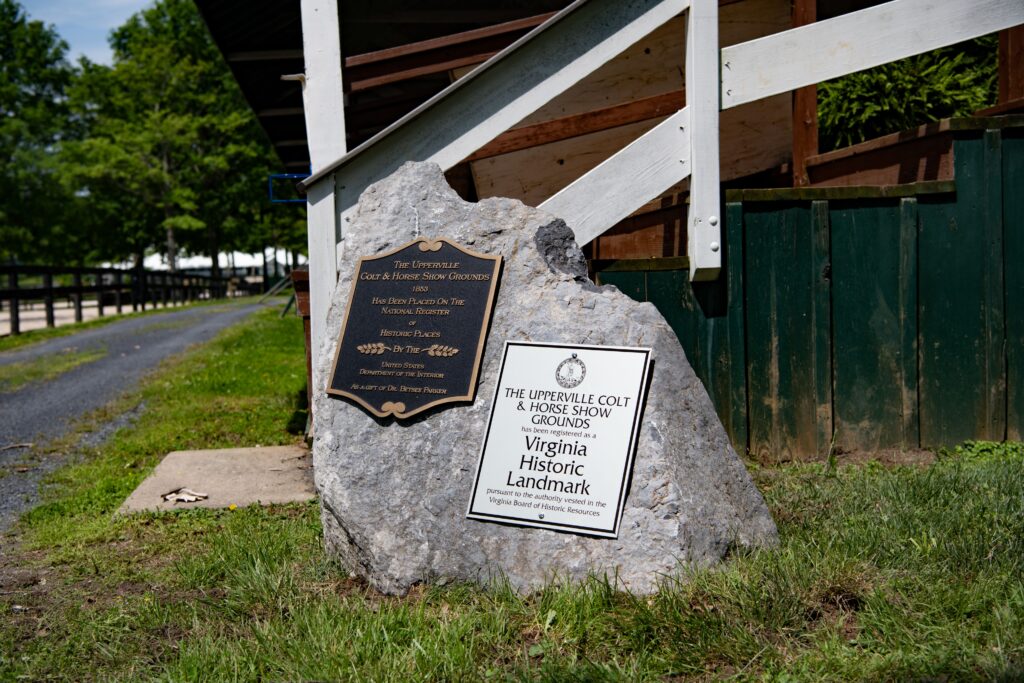
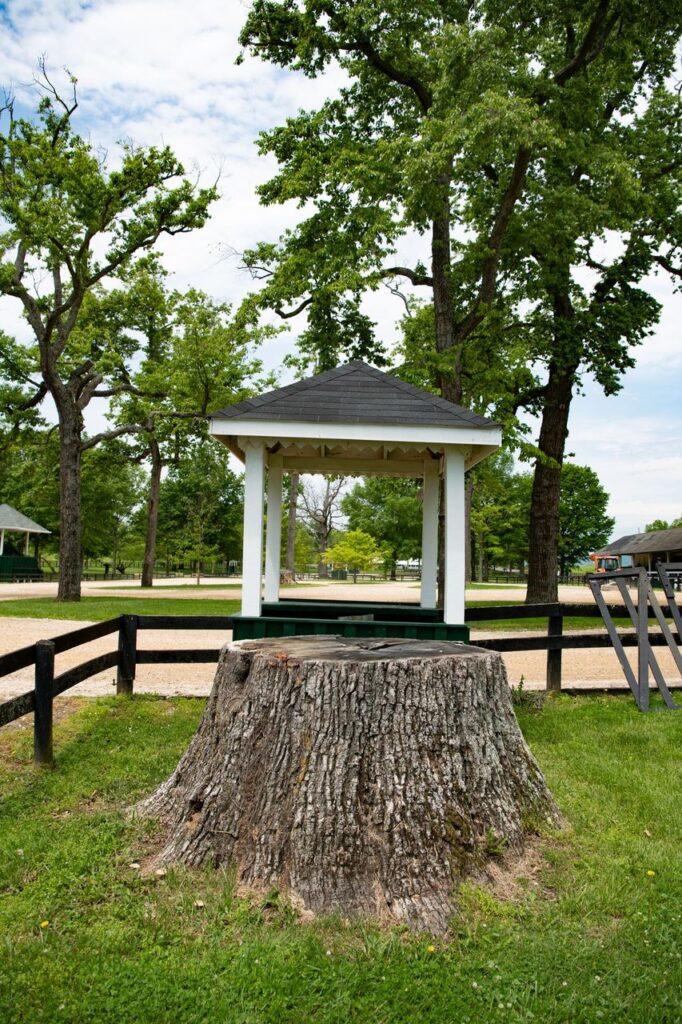
As an architectural historian who savors the old and the interesting, Kalbian says she fell in love with the show’s Grafton Farm site (about two miles east of Upperville on the south side of Route 50) on her first visit when she noticed “how free it was of intrusions. With just about any structure that has survived to this century, you’re going to find changes, upgrades, modern touches. You see almost none of them at Grafton Farm. If you sit in the grandstand at Grafton Farm as I did, and you look out onto the immediate surroundings and take in the unquestionably beautiful natural hills, you get a profound feeling of tradition. You don’t need much imagination to connect what’s going on right now all the way back to the time it began.”
“If you sit in the grandstand at Grafton Farm as I did, and you look out onto the immediate surroundings and take in the unquestionably beautiful natural hills, you get a profound feeling of tradition.”
– Kalbian
That’s not exactly how Olympic gold medal winner and Hall of Fame member Joseph “Joe” Fargis IV remembers his first time at Grafton Farm. “I was 12 years old and it was raining and there was mud everywhere. I was knee-deep in it and enjoying it.”
Now 74, Fargis is the president of the show and is still a leading figure in show jumping. He notes that while some things have changed, others have remained the same. “We’ve upgraded the footing so the horses can have [the] best possible surfaces to move around on, but we haven’t been able to fix the weather. When it rains, everyone feels it.”
They also feel a closeness that is not common at other horse shows. “This is the gathering of a tremendous extended family. We’re all very proud of our horses and how long this show has lasted,” Fargis says.
And there’s one thing that everyone loves, rain or shine, no matter how the competition shakes out. “It’s the oak grove. Some of these trees are quite old. Some we’ve replaced over the years with donations. You go out and stand there in the shade and look around, see your friends and family. It’s like coming home.”
The Grafton Farm oak grove is that rarest place in horse shows: a place of common ground where everyone — former and future Olympic riders, first-timers, and old-timers — meet and greet.
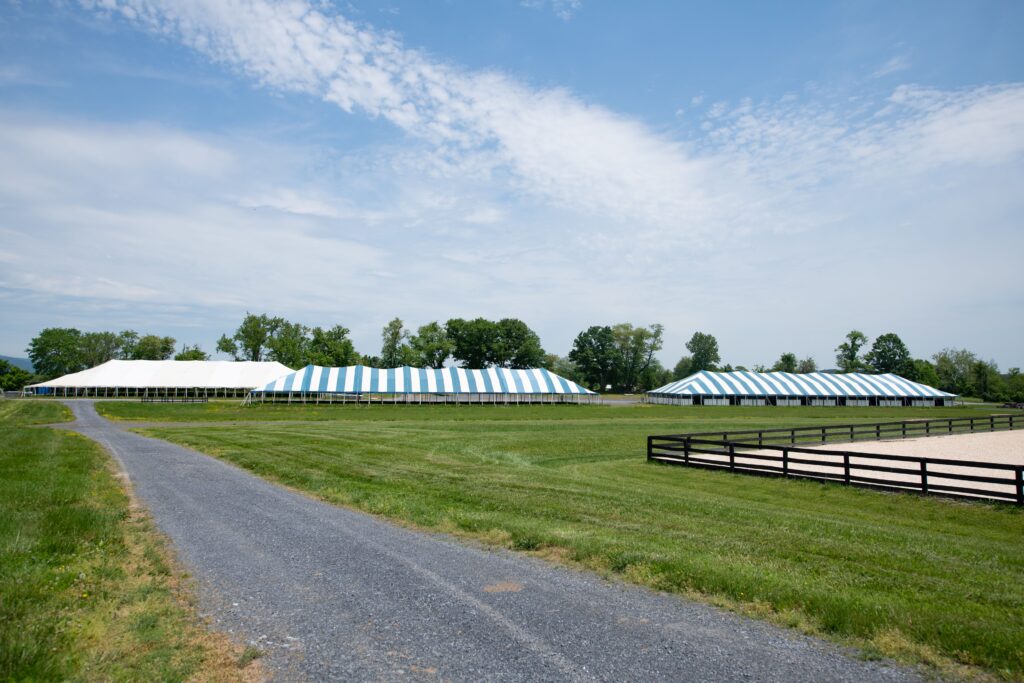
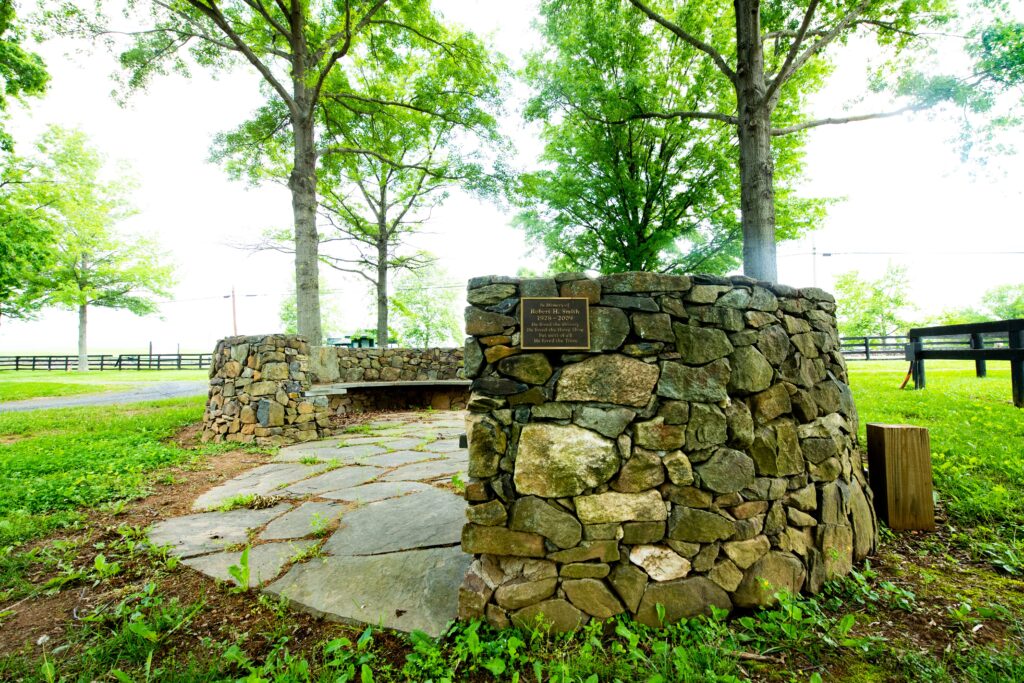
Among those whom you might find in the grove is Barbara Riggs, a former competitor who is now part of a group of 150 Upperville volunteers. These individuals do everything from bringing breakfast to the barns to acting as concierge for any last minute needs of the show’s participants.
“If you’re coming to the show for the first time, every day has something interesting and exciting going on.”
– Riggs
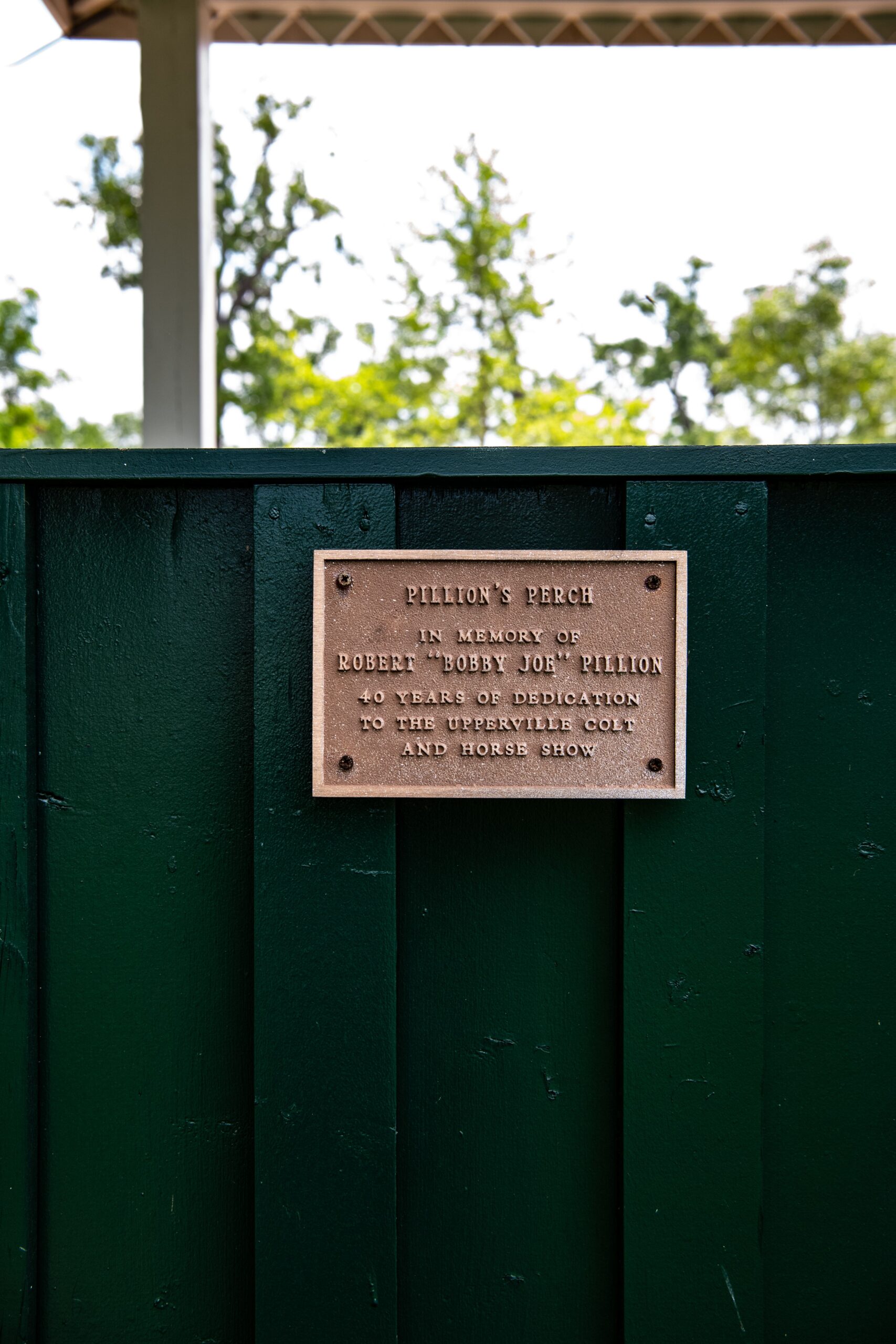
“If you’re coming to the show for the first time, every day has something interesting and exciting going on,” Riggs advises. “But there are two events you really can’t miss. The Sunday Grand Prix, which is the top competition with the best riders and the biggest prize, and the Saturday lead-line event where you see children on ponies who may be showing for their first time. The kids you see on the ponies now are the same ones who will come back as competitors later.”
One such former lead-line participant is saddle-maker and leather designer Dorothy “Punkin” Lee. She started in the lead-line class and is now in her 25th year as a volunteer. “This show gets into you like no other show anywhere. The lead-liners come back as competitors, and the competitors become volunteers. Once you’re part of it, it’s hard to let a year go by without coming back, seeing friends and family, and serving and helping the horses. It began for the horses and it’s stayed that way ever since.”
Helping and caring for horses — in this case a struggling colt with nearly frozen feet — inspired Colonel Richard Henry Dulany to hold the very first show back in 1853. Though horses had been a fixture of country fairs previously, Dulany’s Upperville gathering was devoted to improving the care of horses and celebrating what horses can do, not just in Virginia, but throughout the emerging American nation. “And we try to keep it that way,” says Tommy Lee Jones, a third generation equestrian who has managed Upperville’s show since 1982. “[The show] is unique because of its placement — you feel you’re at a farm, out in the country, and not in a stadium or arena — and the people who have made it what it is, who have given it so much time, effort, and support. Go to the Wall of Honor and you can see some of the names of those who have come before. For every name up there, there are thousands more that have been part of it.” ML
This article first appeared in the June 2022 Issue.








